First, a note to any of the thousands of people who were saddened to hear that Mike Hirschberg is about to step down as executive director of the Vertical Flight Society (VFS), but may not have heard the full story: take heart.
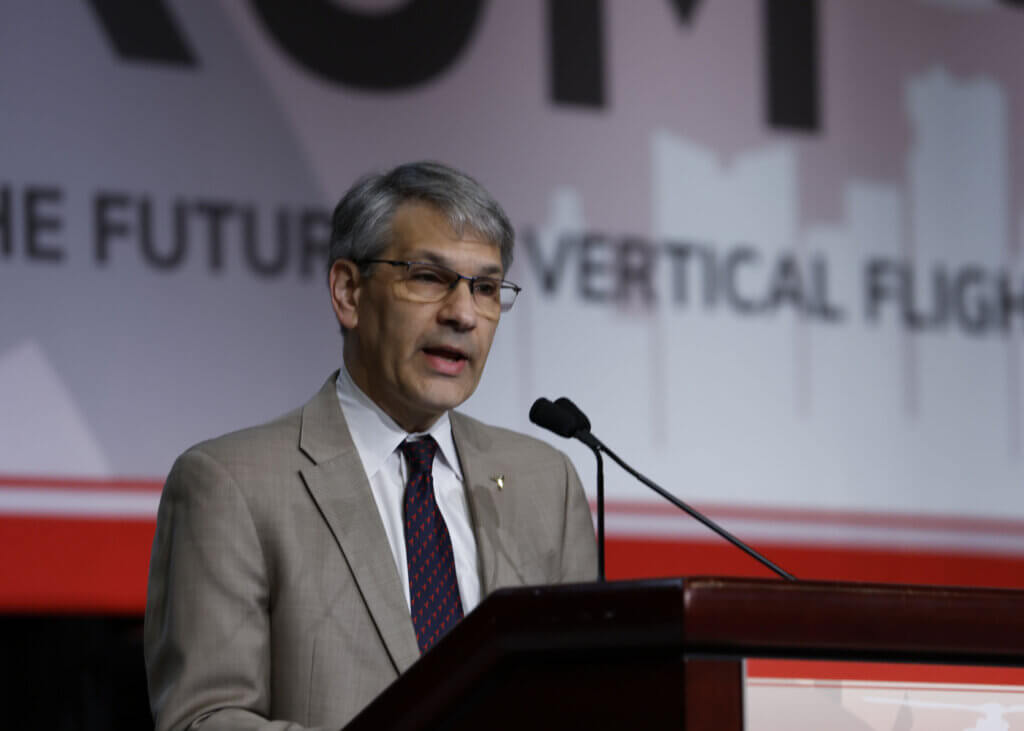
Hirschberg is staying on at VFS as director of strategy, and will continue to provide his full support to the new, carefully chosen executive director, aerospace engineer Angelo Collins, who takes over in June.
Before taking the helm at VFS in 2011, Hirschberg was himself a principal aerospace engineer at Centra Technology — now part of Amentum — for more than a decade. During that time, he also served as managing editor of VFS’s Vertiflite magazine. Prior to that, Hirschberg worked in the Joint Strike Fight Program office, supporting the development of the X-32 and X-35 vertical flight propulsion systems.
But as many readers know, VFS didn’t actually exist when Hirschberg arrived. The organization at that point was called the American Helicopter Society (AHS), founded in 1943. Not long after he took the reins, however, Hirschberg saw a growing need to publicly and internally transform AHS to VFS — because a true industry revolution was coming.

“In 2013, we saw there was a confluence of technology, funding and regulations happening that would eventually give birth to a new type of aircraft: the eVTOL,” he said. “We started covering it in the magazine. Mark Moore, then at NASA, was the first to tell me about the coming eVTOL revolution and was very supportive in the early years. He was instrumental in AHS becoming VFS and the whole the industry-wide movement. In 2014, I started a major initiative, the world’s first conference on eVTOL.”
(Collins was actually the administrative chair of that first event, which Hirschberg later evolved into VFS’s annual Electric VTOL Symposium. It’s still the largest eVTOL event in the world, with 500-plus attendees welcomed at the one held in January 2023. VFS also hosts the longest-running vertical flight technical conference in the world, the annual Forum and Technology Display.)
By 2016, Hirschberg had launched the first eVTOL newsletter, by 2017, the first eVTOL website, and by 2018, the first eVTOL short course. He also started VFS hydrogen-electric working groups in 2020, and VFS held the first hydrogen-electric conference in North America in 2022.
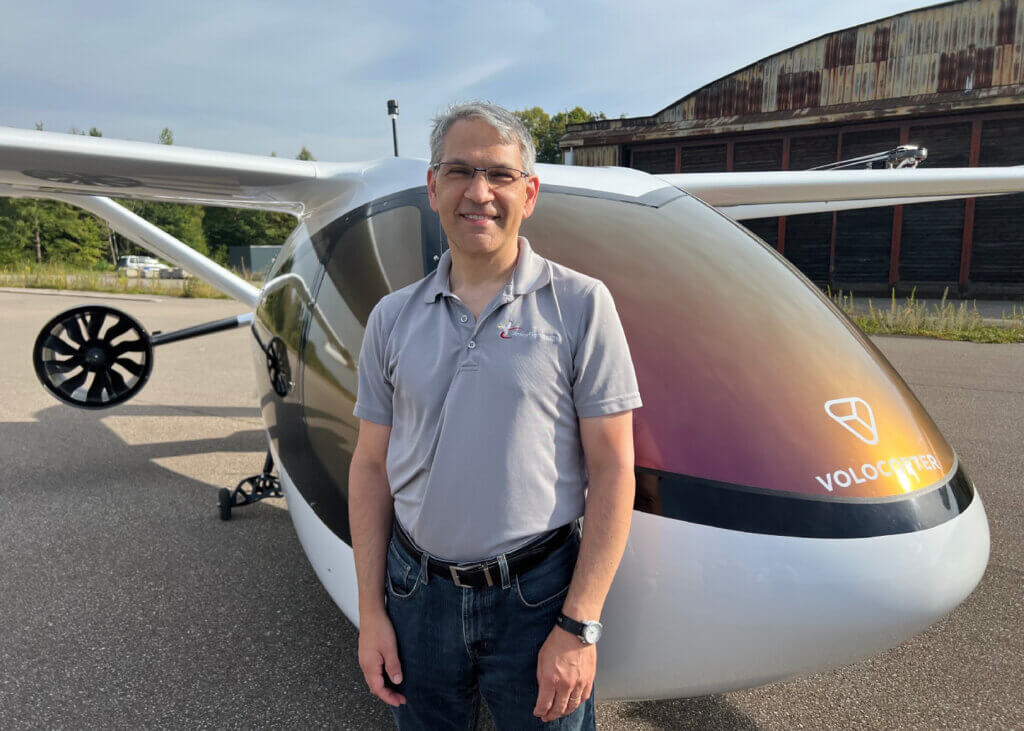
“There had been one person at that very first eVTOL Symposium in 2014 who talked about hydrogen, and now nine years later, we see it really taking off as a huge benefit to support the development of vertical flight,” Hirschberg said. “Hydrogen fuel cells solve the energy density needed for vertical takeoff and landing, and can provide electricity as well. We are very excited to be at the forefront of support for this technology.”
Hirschberg also conceived of and created the Air Mobility Council, an informal, ad hoc way for non-profits working to support advanced air mobility (AAM) to better coordinate and collaborate. Its first action was in 2019, a letter to the Trump Administration supporting eVTOL, signed by 10 associations. VFS has since supported a number of executive branch and legislative initiatives to help advance AAM.
And as the eVTOL tsunami swept over the aerospace world, VFS experienced record growth. During 2021 alone, it welcomed 36 new companies and 550 new individual members.
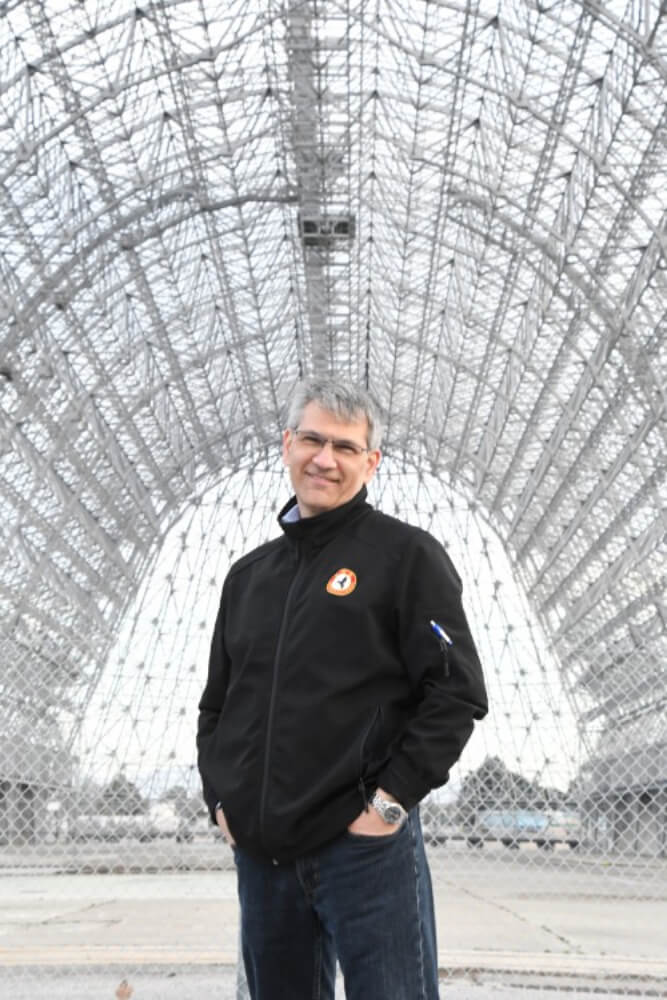
“Since 2014, our corporate membership increased from about 70 to more than 185 today, while our individual members increased from 5,500 to 6,500 over the same period,” Hirschberg reported. “When I arrived, AHS needed work to achieve financial health and stability. And as VFS, I have achieved that. We are a member-based organization and as more people and companies join, the more good things we can do.”
Beyond eVTOL, Hirschberg talked to Vertical about his other major areas of achievement during his tenure.
Military rotorcraft and safety
“We helped moved Future Vertical Lift from a Congressional tasking of the Pentagon to a contract award for the world’s most advanced rotorcraft,” he reported. “You can read about our early and long-term advocacy at www.vtol.org/fvl.”
With partner associations — Helicopter Association International (HAI), General Aviation Manufacturers Association (GAMA) and Aircraft Electronics Association (AEA) — Hirschberg and his colleagues also advocated for the approval of single-engine instrument flight rules (IFR) helicopter operations, beginning with developing and supporting a white paper in 2014.
“I led a critical in-person meeting in 2017 that helped industry and FAA [Federal Aviation Administration] come to an understanding,” Hirschberg said. “This resulted in the FAA approving the Leonardo TH-119 and Bell 407GXi in 2019, with other single-engine helicopters now seeking IFR approval [see https://vtol.org/se-ifr]. I also proposed the idea of creating working groups under the Vertical Aviation Safety Team [VAST], and co-lead the Technology Working Group with my FAA co-chair, Cliff Johnson.”
Noise
Hirschberg alsohelped raise the visibility of helicopter noise reduction within the FAA and NASA, which resulted in the funding of joint NASA-FAA-Volpe-Army flight testing and improved acoustic modeling.
“I conceived of the idea of iFlyQuiet, and advocated to raise the visibility of Fly Neighborly procedures to reduce the impact of helicopter noise on affected communities,” Hirschberg said. “We also funded and supported development of eVTOL acoustic testing procedures.”

Education
Hirschberg noted that as an educational, charitable organization created to help those working in the community, individual VFS members are in industry, academia (students, faculty and researchers) and government agencies worldwide. To support the industry, under his leadership, VFS created and expanded several programs for educating today’s and tomorrow’s workforce.
This includes expanding the VFS annual Student Design Competition, adding an annual student drone Design-Build-Vertical Flight competition, and a pre-college outreach initiative, as well as increasing annual scholarships from $35,000 in 2011 to $100,000 every year since 2019.
“We now have hundreds of hours of webinars and other online educational offerings,” Hirschberg said. “We also now have a robust online presence with extensive offerings on Facebook, LinkedIn, Mastodon, Twitter and YouTube.
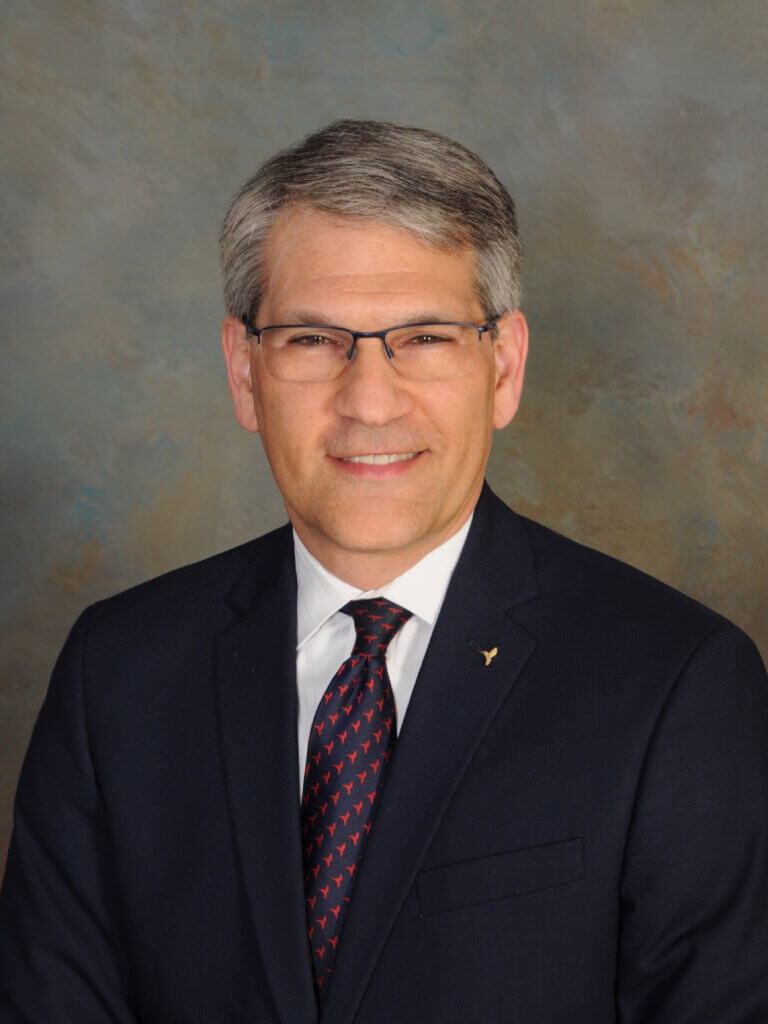
Workforce
In 2019, Hirschberg saw the growing potential for the dire shortage of engineers for military rotorcraft and civil VTOL aircraft — and took action.
In 2020, VFS launched the Future Vertical Workforce initiative to raise the visibility of this critical need.
“I expanded this to include inclusion, diversity, equity and accessibility (IDEA) in 2021, with our DiversiFlite initiatives — one of which is our DiversiFlite Scholars program to encourage students at federally recognized minority-serving institutions to consider careers in vertical flight,” Hirschberg said.
Reflections and hopes
Hirschberg calls his journey as leader at VFS “amazing.”
“I’ve helped transform the vertical flight industry and it has transformed me,” he shared. “I stay awake working long into the night because of our inspiring members. Recently, I’ve been overwhelmed by the tremendous outpouring of gratitude, and hearing how I have affected people’s lives, their businesses, the industry. In the latest [March/April] issue of VFS’s Vertiflite magazine, there are a lot of comments from members in the Letters section that really moved me. That kind of warm-hearted support from our members has been a major motivational factor all the way along. It’s been particularly wonderful to hear from VFS members who were students about how I made such an impact on them.”
Looking ahead, Hirschberg added that building a new eVTOL sector in the industry requires creativity and hard work, but it also simply requires more human beings.
“I’ve really tried to make VFS more inclusive because of that huge need for more people,” he noted. “We have to transform the workforce as we transform the industry. We need people from all walks — pilots, engineers, maintainers, marketing, advertising, regulation — and we need to bring people in from robotics, software engineering, automotive, and so on. We need to make vertical flight more welcoming and inclusive. Part of that is diversity. Aerospace has not been particularly diverse, but companies are realizing they need to spread the net farther to access the most creative problem solvers.”
Hirschberg said the eVTOL industry started as a twinkle in the eye of a few people 10 years ago to become thousands of bright lights today — going from concepts to aircraft that have already made hundreds or thousands of flights.
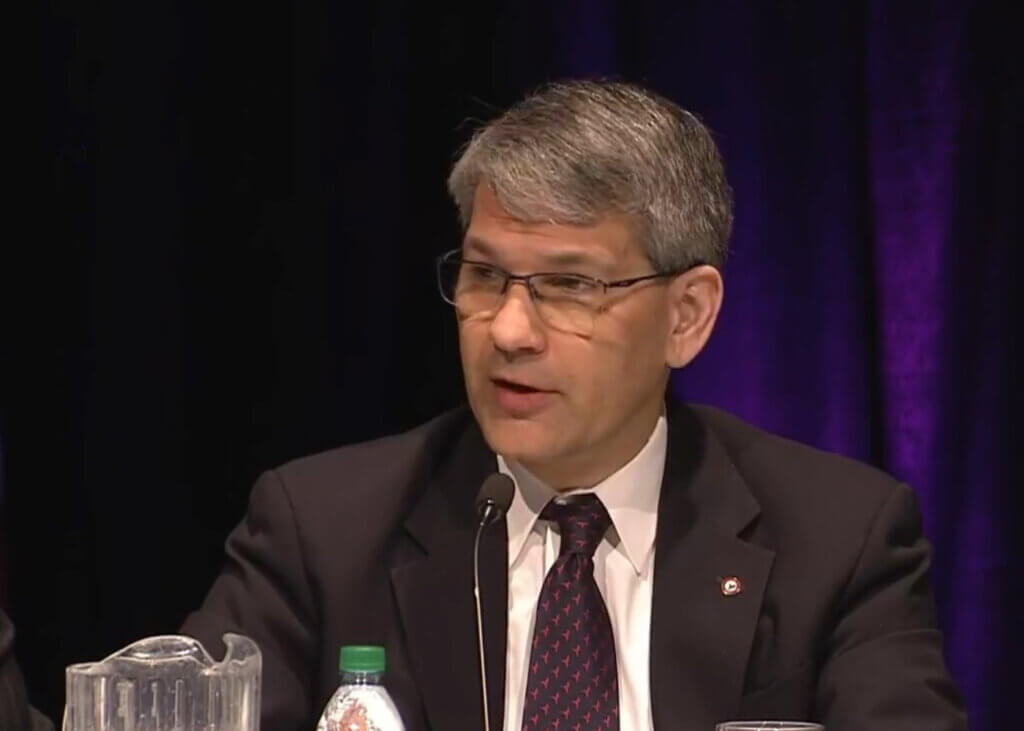
“In the next 18 to 24 months, we will see them in service,” he said. “It’s incredible to be part of that and tremendously satisfying. eVTOL has also gone from being limited to a few functions to so many possibilities besides passenger transport: cargo, medical, emergencies, military and more.”
Hirschberg concluded that “it has been the honor of my professional career to lead VFS. I have poured everything I could into building it and I am confident that Angelo will provide excellent leadership for VFS into its next decade. There are amazing days ahead.”





